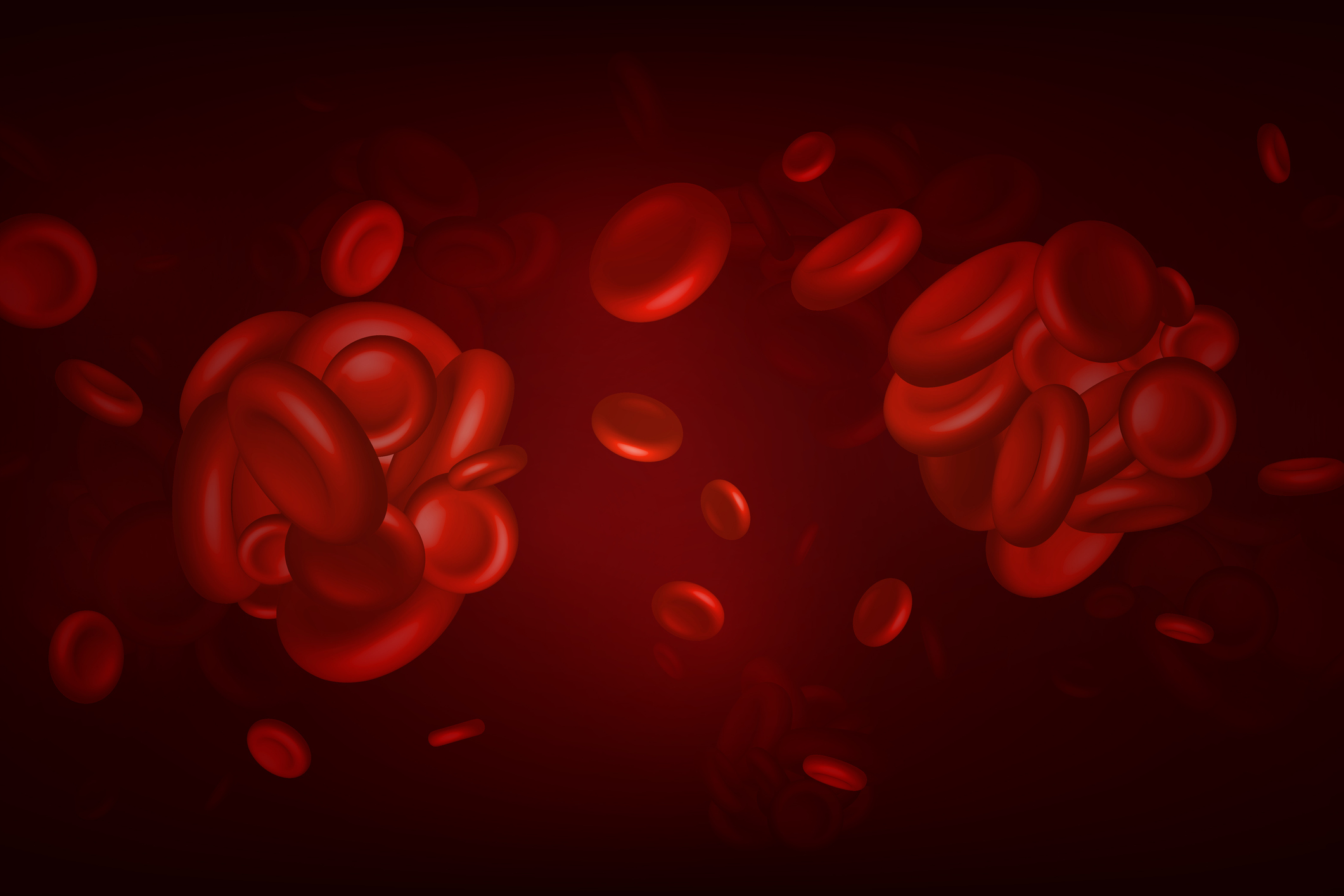

Not too long ago, I wrote about researchers in Italy who discovered measurable amounts of polyethylene (PE) microplastics in plaques extracted from the carotid arteries of almost 60 percent of the study’s 257 patients. What’s more, 12 percent of those patients also had tiny polyvinyl chloride (PVC) shards in those fat deposits.
This was the first study of its kind to draw a link between microplastics and their impact on human health.
Now, a new study indicates another potentially life-threatening area in which microplastics are showing up inside the body…
Microplastics in blood clots
Researchers in China examined 30 patients who had surgery to remove blood clots after experiencing a stroke, heart attack or deep vein thrombosis, a condition where clots form in the deep veins of the legs or pelvis.
The patients were 65 years old on average, with various health histories and lifestyles such as smoking, alcohol use, high blood pressure or diabetes. They all used plastic products daily and were roughly split between urban and rural areas.
What the researchers found was alarming. They detected microplastics at varying concentrations in 24 of 30 blood clots studied. That means microplastics were found in 80 percent of the blood clots!
The researchers found a potential link between the levels of microplastics in blood clots and severity of disease. People with higher levels of microplastics in their blood clots also had higher D-dimer levels than patients with no microplastics in their clots. D-dimer is a protein fragment released when blood clots break down.
The presence of elevated D-dimer led the researchers to suspect that microplastics might somehow be massing together in blood to make clotting worse — and intend to make that their next focus of research.
“These findings suggest that microplastics may serve as a potential risk factor associated with vascular health,” Tingting Wang, a clinician-scientist at the First Affiliated Hospital of Shantou University Medical College in China, and colleagues write in their paper.
This furthers the results of a 2023 study that found chemical “fingerprints” of microplastics in 16 surgically removed blood clots.
More plastics, more problems
Previously microplastics have also been found in human lung tissue and blood samples.
This is proof that we are fast becoming what we eat, drink and even inhale when it comes to our polluted environment.
“Due to the ubiquity of microplastics in the environment and in everyday products, human exposure to [microplastics] is unavoidable,” Wang and colleagues warn. “As such, microplastic pollutants have sparked growing concern due to their widespread presence and potential health implications.”
Is there anything we can do, at least in our homes?
Yes, start with the water you drink. Researchers from Guangzhou Medical University and Jinan University in China discovered a way to remove 90 percent of microplastics from faucet water — no special equipment needed. You can read how here.
Also, try to get two or more servings daily of Brassica or cruciferous vegetables. These foods may bind to chemicals from plastics and remove them from the body in a process called chelation. Cruciferous vegetables include broccoli, Brussels sprouts, cabbage, cauliflower, arugula and dark leafy greens like kale.
Sources:
Microplastics Found in Blood Clots in Heart, Brain, And Legs — Science Alert
Multimodal detection and analysis of microplastics in human thrombi from multiple anatomically distinct sites — eBioMedicine

